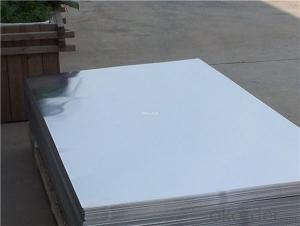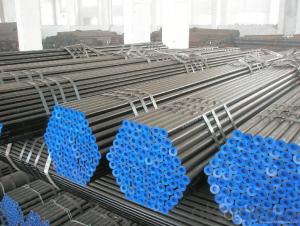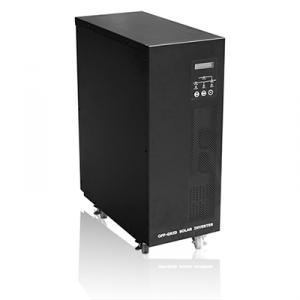Best Solar Inverter 2019
Best Solar Inverter 2019 Related Searches
Best Paint For Stainless Steel Best Inverter For Solar System Solar Panel Inverter For Home Best Inverter For Solar Panels Best Solar Inverter For Rv Bending Machine For Pvc Profiles Micro Inverter For Solar Panel Best Glue For Aluminum Foil Pvc Foil For Mdf Plastic Wall Coverings For BathroomsHot Searches
Type Of Inverter For Solar Price Of Shipping Containers For Sale Types Of Inverter For Solar Used Sandwich Panel For Sale Bags Of Cement For Sale Pvc Chairs For Sale Tilt Panel Props For Sale Types Of Temporary Side Panels For Cement Deck Cost Of Awnings For Decks Type Of Scaffolding With Pdf Price Of Scrap Stainless Steel Price Of Stainless Steel Scrap Price Of Stainless Steel Type Of Stainless Steel Best Solar Inverter In China Types Of Stainless Steel Grades Types Of Stainless Steel China Aluminum Coil Factory pvc pipe manufacturers in usa Sandwich Panel Price In IndiaBest Solar Inverter 2019 Supplier & Manufacturer from China
Okorder.com is a professional Best Solar Inverter 2019 supplier & manufacturer, offers integrated one-stop services including real-time quoting and online cargo tracking. We are funded by CNBM Group, a Fortune 500 enterprise and the largest Best Solar Inverter 2019 firm in China.Hot Products
FAQ
- Yes, a solar inverter can be monitored remotely. Many modern solar inverters have built-in monitoring capabilities that allow users to track the performance and energy production of their solar system from a remote location. This can be done through software applications or web-based platforms that provide real-time data and analytics, enabling users to monitor the system's efficiency, diagnose issues, and optimize its performance without physically being present at the location of the inverter.
- The role of a solar inverter in a solar-powered desalination system is to convert the direct current (DC) electricity generated by the solar panels into alternating current (AC) electricity that can be used to power the desalination equipment. The inverter ensures efficient and safe power conversion, allowing the system to effectively utilize the energy generated by the solar panels for the desalination process.
- The role of a remote monitoring system in a solar inverter is to allow for real-time monitoring and management of the solar power generation and inverter performance from a remote location. It provides valuable insights into the system's efficiency, troubleshooting capabilities, and helps ensure optimal performance and timely maintenance. Additionally, a remote monitoring system allows for data analysis, performance tracking, and can facilitate predictive maintenance to maximize the overall efficiency and longevity of the solar inverter system.
- Yes, a solar inverter can be used with solar-powered water pumps. A solar inverter is responsible for converting the direct current (DC) produced by solar panels into alternating current (AC) that can power electrical devices, including water pumps. This allows the solar panels to directly power the water pumps, making them suitable for off-grid or remote locations where access to electricity is limited.
- The role of a DC-DC converter in a solar inverter is to convert the direct current (DC) generated by the solar panels into the appropriate voltage level required for the inverter to convert it into alternating current (AC) electricity. This conversion ensures efficient power transfer from the solar panels to the grid or for use in residential or commercial applications.
- Yes, there are some fire safety concerns associated with solar inverters. While solar inverters themselves are not typically a fire hazard, there are a few potential risks to consider. Firstly, improper installation of the solar inverter can lead to electrical issues that may cause a fire. It is important to hire a qualified and certified professional to install the inverter, ensuring that all electrical connections are secure and up to code. Secondly, if the solar inverter is located in an area that is prone to high temperatures or excessive heat, there is a risk of overheating. Inverters generate heat as they convert the direct current (DC) from solar panels into alternating current (AC) for use in homes or businesses. If the inverter is not properly ventilated or if it is exposed to extreme heat, it can overheat and potentially start a fire. Additionally, if there is a fault in the inverter or if it is damaged, it can increase the risk of fire. Regular maintenance and inspection of the solar inverter can help identify any potential issues and ensure its safe operation. To mitigate these fire safety concerns, it is crucial to follow proper installation guidelines, regularly inspect and maintain the inverter, and ensure it is located in a well-ventilated area away from excessive heat sources. It is also advisable to have a fire extinguisher nearby and to have a fire safety plan in place in case of emergencies.
- Yes, a solar inverter can be used with dual MPPT inputs. Dual MPPT (Maximum Power Point Tracking) inputs allow the inverter to optimize the power output from two separate solar arrays or strings, thereby increasing overall energy efficiency and system performance.
- Yes, a solar inverter can be used in regions with extreme weather conditions. However, it is important to choose an inverter that is designed and rated for the specific weather conditions of that region. For example, there are solar inverters available that are built to withstand high temperatures, extreme cold, humidity, and even harsh weather events such as hurricanes. It is crucial to consider the environmental factors and select an inverter that is suitable for the specific climate conditions to ensure optimal performance and longevity.















































